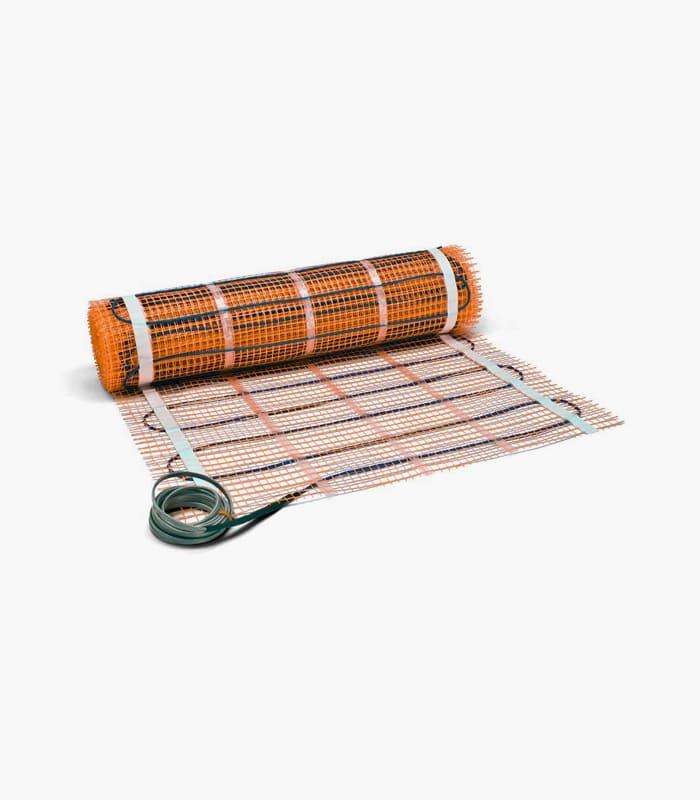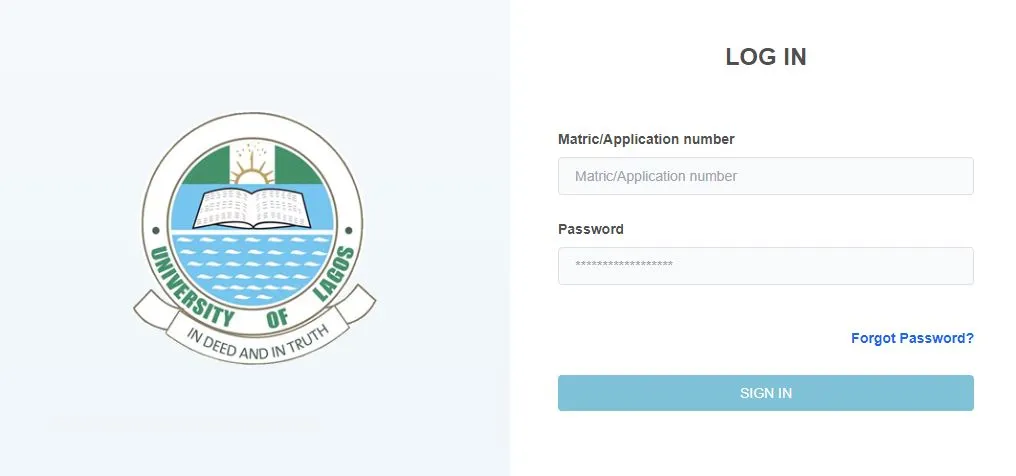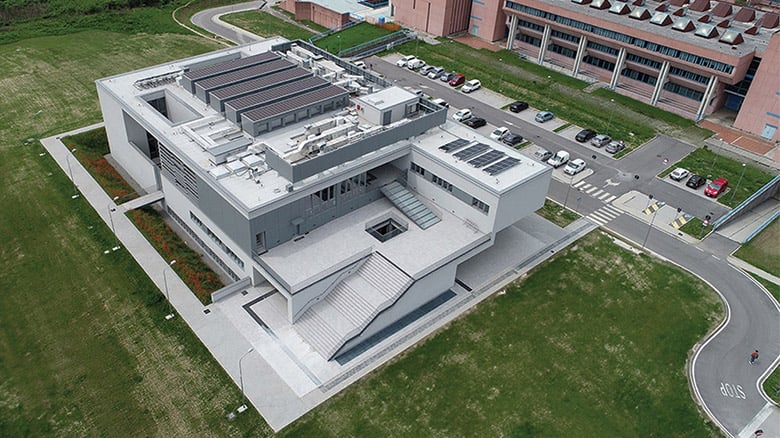The Role of Digital Twins in Predictive Maintenance

For those involved in the nuts and bolts of industry, whether that’s the bustling oil refineries down in the Niger Delta or the humming manufacturing plants scattered across Lagos and Kano, the name of the game is often uptime. Unplanned downtime, as any seasoned engineer will tell you, is a costly beast, leading to lost production, wasted resources, and a fair amount of furrowed brows. Traditional maintenance strategies, from reactive fixes to scheduled overhauls, have served us well enough, but in this increasingly interconnected and data-rich world, a more intelligent approach is not just desirable, it’s becoming essential. Enter the digital twin, a technology that’s rapidly evolving from a futuristic concept to a practical cornerstone of modern predictive maintenance.
Think of a digital twin as a living, breathing virtual replica of a physical asset, process, or even an entire industrial facility. It’s more than just a 3D model; it’s a dynamic entity that constantly updates itself with real-time data from its physical counterpart – sensor readings, operational parameters, environmental conditions, you name it. This constant stream of information allows engineers and maintenance teams to gain an unparalleled understanding of the asset’s current state, predict potential issues before they arise, and make more informed decisions about maintenance interventions.
In Nigeria, where industries often grapple with unique challenges like aging infrastructure, variable power supply, and the complexities of remote operations, the potential benefits of digital twins in predictive maintenance are particularly compelling. This blog post will delve into the intricacies of digital twins and explore how they are revolutionising the way we approach the upkeep of critical industrial assets.
Visualising the Invisible: What Exactly is a Digital Twin?
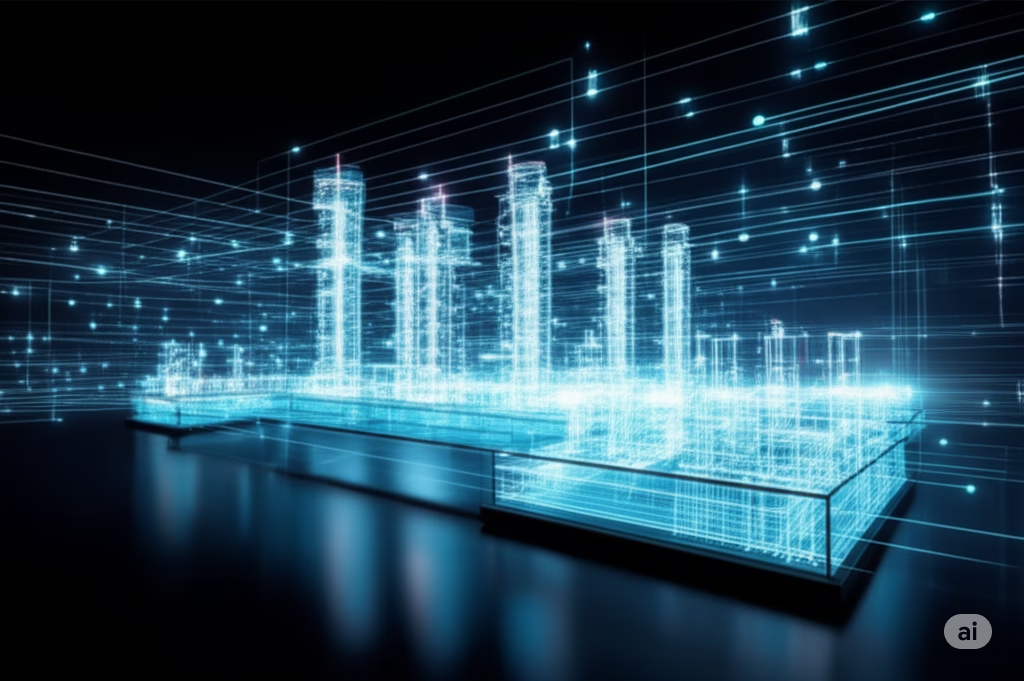
The concept might sound a bit like science fiction, but the underlying principles are rooted in well-established engineering practices and the increasing availability of sophisticated sensors and data analytics capabilities. At its core, a digital twin comprises three key elements:
- The Physical Asset: This is the tangible piece of equipment, machinery, or infrastructure that we want to monitor and maintain. It could be anything from a turbine in a power plant to a drilling rig in the Niger Delta, or even a fleet of vehicles used for logistics.
- The Virtual Representation: This is the digital model of the physical asset, residing in a software platform. It’s not just a static blueprint; it’s a dynamic representation that mirrors the structure, components, and behaviour of its physical counterpart.
- The Data Connection: This is the crucial link that allows data to flow seamlessly between the physical asset and its digital twin. Sensors embedded in the physical asset continuously collect data on various parameters, which is then transmitted and used to update the virtual model in real-time.
This continuous data exchange is what makes a digital twin so powerful for predictive maintenance. By having a constantly updated virtual representation, maintenance teams can gain insights into the asset’s current health, understand its operating conditions, and even simulate future scenarios without impacting the physical asset itself.
Predictive Maintenance: Moving Beyond the Reactive and the Preventative
To truly appreciate the role of digital twins, it’s worth briefly revisiting traditional maintenance approaches:
- Reactive Maintenance: This is the “run-to-failure” approach, where maintenance is only performed after a breakdown occurs. While seemingly cost-effective in the short term, it often leads to significant unplanned downtime and higher repair costs in the long run. Imagine a crucial piece of machinery grinding to a halt in a remote location – the logistical nightmare and production losses can be substantial.
- Preventive Maintenance: This involves performing maintenance at predetermined intervals, regardless of the actual condition of the asset. While it reduces the likelihood of unexpected failures, it can also lead to unnecessary maintenance and the replacement of perfectly good components, wasting time and resources. Think of changing the oil in a vehicle based on a fixed schedule, even if it hasn’t been driven much.
Predictive Maintenance (PdM) offers a more sophisticated and data-driven approach. It uses various monitoring techniques, such as vibration analysis, thermal imaging, and oil analysis, to assess the condition of an asset and predict when maintenance might be required. This allows for maintenance to be scheduled proactively, just before a failure is likely to occur, minimising downtime and optimising resource utilisation.
The Symbiotic Relationship: How Digital Twins Enhance Predictive Maintenance
Digital twins take predictive maintenance to a whole new level by providing a more comprehensive and dynamic view of asset health. Here’s how:
- Enhanced Data Integration and Analysis: Digital twins act as central hubs for collecting and integrating data from various sources – sensors, control systems, maintenance logs, and even environmental data. This holistic view allows for more sophisticated analysis using artificial intelligence (AI) and machine learning (ML) algorithms to identify subtle patterns and anomalies that might be missed by traditional monitoring methods. For instance, a slight increase in temperature combined with a change in vibration frequency might indicate an impending bearing failure, a correlation that a digital twin can readily identify.
- Real-time Condition Monitoring and Diagnostics: The continuous data flow into the digital twin provides a real-time snapshot of the asset’s condition. Maintenance teams can remotely monitor key performance indicators (KPIs), identify deviations from normal operating parameters, and diagnose potential issues without physically inspecting the equipment. This is particularly advantageous for assets located in remote or hazardous environments, common in Nigeria’s oil and gas sector.
- Predicting Remaining Useful Life (RUL): By analysing historical data, current operating conditions, and physics-based models embedded within the digital twin, AI/ML algorithms can predict the remaining useful life of critical components. This allows for proactive maintenance planning, ensuring that replacements are scheduled before failures occur, minimising disruptions and optimising inventory management.
- Simulation and Scenario Planning: A key advantage of digital twins is their ability to simulate different operating conditions and maintenance scenarios. Engineers can use the virtual model to test the impact of changes in operating parameters, evaluate the effectiveness of different maintenance procedures, and even predict the consequences of a potential failure – all without risking the physical asset. This allows for better informed decision-making and the optimisation of maintenance strategies. Imagine simulating the impact of increased production load on a turbine to identify potential stress points and adjust maintenance schedules accordingly.
- Optimised Maintenance Scheduling and Resource Allocation: By providing accurate predictions of when maintenance is needed and what specific actions are required, digital twins enable more efficient maintenance scheduling and resource allocation. This means that maintenance teams can be deployed more effectively, spare parts can be ordered in advance, and downtime can be minimised. In a country like Nigeria, where logistical challenges can sometimes impact maintenance operations, this level of precision can be invaluable.
- Improved Training and Knowledge Transfer: Digital twins can also serve as powerful training tools for maintenance personnel. By interacting with the virtual model, technicians can gain a better understanding of the asset’s operation, practice maintenance procedures in a safe environment, and develop their diagnostic skills. This can be particularly beneficial for upskilling the local workforce in complex industrial settings.
Applications Across Nigerian Industries:
The potential applications of digital twins in predictive maintenance are vast and span across various key industries in Nigeria:
- Oil and Gas: Monitoring the health and performance of critical equipment like pumps, compressors, pipelines, and drilling rigs to prevent costly downtime and ensure safe operations. Digital twins can help predict corrosion, detect leaks, and optimise maintenance schedules for offshore platforms and remote onshore facilities.
- Power Generation: Predicting failures in turbines, generators, transformers, and other power plant equipment to ensure a stable and reliable electricity supply. This is crucial for Nigeria’s energy infrastructure and can help reduce power outages.
- Manufacturing: Optimising the maintenance of production machinery, robots, and conveyor systems to improve efficiency, reduce defects, and minimise disruptions in manufacturing plants producing everything from food and beverages to building materials.
- Transportation: Monitoring the condition of trains, aircraft, and large vehicle fleets to ensure safety and optimise maintenance schedules, reducing delays and improving operational efficiency.
- Agriculture: While perhaps less obvious, digital twins can be used to monitor the health of agricultural equipment, irrigation systems, and even livestock, enabling more proactive maintenance and resource management.
Overcoming the Hurdles: Challenges and Considerations for Adoption in Nigeria:
While the benefits of digital twins are clear, there are also challenges that need to be addressed for their widespread adoption in Nigeria:
- Initial Investment Costs: Implementing digital twin technology requires significant upfront investment in sensors, data infrastructure, software platforms, and skilled personnel. This can be a barrier for smaller businesses.
- Data Infrastructure and Connectivity: Robust and reliable internet connectivity and data infrastructure are essential for the continuous data flow required by digital twins. This can be a challenge in some remote areas of Nigeria.
- Skills Gap: A shortage of skilled professionals with expertise in data analytics, AI/ML, and digital twin technologies could hinder adoption. Investing in training and education is crucial.
- Data Security and Privacy: Ensuring the security and privacy of the vast amounts of data generated by digital twins is paramount, especially for sensitive industrial operations.
- Integration with Existing Systems: Integrating digital twin platforms with existing industrial control systems and IT infrastructure can be complex and require careful planning.
Looking to the Future:
Despite these challenges, the trajectory of digital twin technology is clear, and its role in predictive maintenance will only continue to grow. As sensor costs decrease, data analytics capabilities improve, and cloud computing becomes more accessible, the barriers to adoption will gradually lower.
For Nigeria to fully leverage the potential of digital twins in its industrial sector, a multi-pronged approach is needed:
- Government Support and Incentives: Policies and financial incentives can encourage businesses to invest in digital transformation initiatives, including the adoption of digital twin technology.
- Investing in Education and Training: Developing local talent with the necessary skills to implement and manage digital twin solutions is crucial. Partnerships between industry and educational institutions can play a vital role.
- Building Robust Digital Infrastructure: Continued investment in improving internet connectivity and data infrastructure across the country is essential.
- Promoting Collaboration and Knowledge Sharing: Encouraging collaboration between industry players, technology providers, and research institutions can foster innovation and accelerate adoption.
Conclusion: Embracing the Digital Future of Maintenance
Digital twins represent a significant leap forward in predictive maintenance, offering a powerful tool for Nigerian industries to enhance efficiency, reduce costs, improve safety, and ultimately become more competitive in the global marketplace. While challenges exist, the potential rewards of embracing this technology are substantial. By understanding the principles, applications, and benefits of digital twins, and by proactively addressing the hurdles to adoption, Nigeria can pave the way for a more resilient, productive, and technologically advanced industrial future.
What are your thoughts on the potential of digital twins in your industry? Share your experiences and insights in the comments section below!
Keep an eye out for our next post, where we’ll delve into specific examples of successful digital twin implementation in industrial settings around the world.
Discover more from Tamfis Nigeria Lmited
Subscribe to get the latest posts sent to your email.



 Hot Deals
Hot Deals Shopfinish
Shopfinish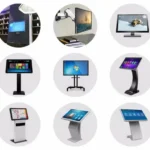 Shop
Shop Appliances
Appliances Babies & Kids
Babies & Kids Best Selling
Best Selling Books
Books Consumer Electronics
Consumer Electronics Furniture
Furniture Home & Kitchen
Home & Kitchen Jewelry
Jewelry Luxury & Beauty
Luxury & Beauty Shoes
Shoes Training & Certifications
Training & Certifications Wears & Clothings
Wears & Clothings
